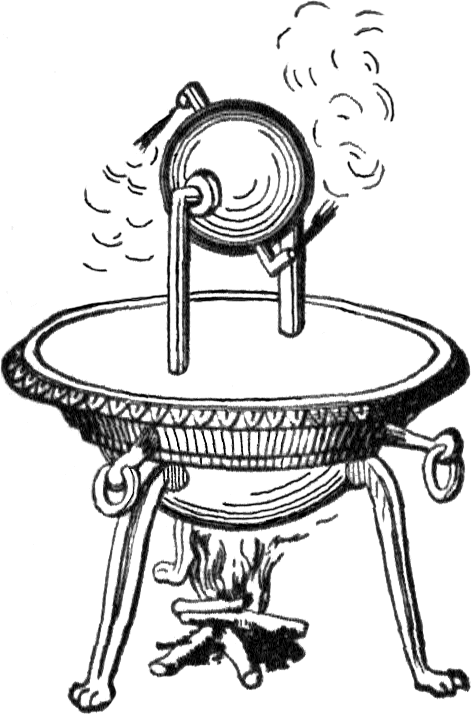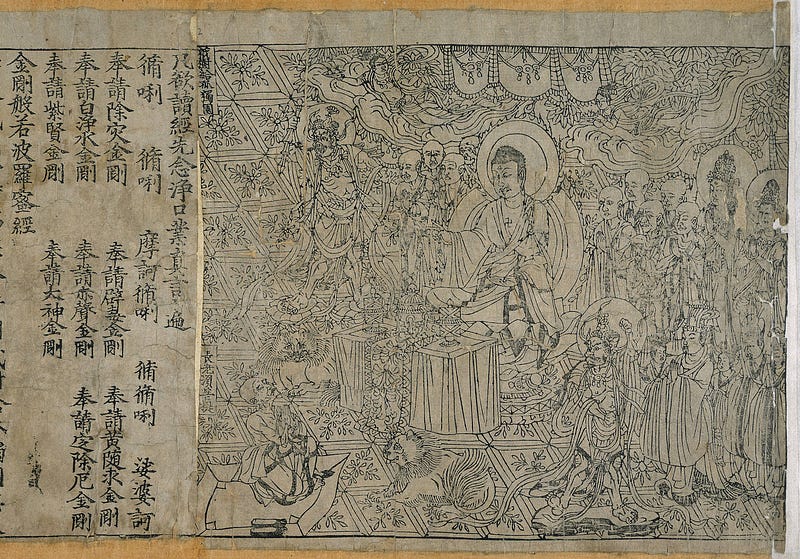Technological Innovations That Missed Their Moment in History
Written on
Chapter 1: The Impact of Invention on Civilization
What do you consider the most pivotal inventions throughout history? Once you begin to compile a list, it becomes extensive. Medical advancements like vaccines and antibiotics have preserved countless lives. Transportation methods such as cars, planes, and trains have connected the globe, allowing for unprecedented mobility. Innovations in mass communication—radios, televisions, and the internet—have shaped our modern culture. Furthermore, weaponry, from guns to nuclear arms, has altered the nature of conflict.
When we examine the history of innovation, we often highlight the inventors behind groundbreaking technologies. While figures like Thomas Edison and Alexander Graham Bell are certainly significant, the adoption of these inventions also hinges on society’s understanding of their applications. In some cases, both the invention and its practical use emerged simultaneously, while in others, they were separated by centuries.
Now, let’s delve into two monumental technological innovations that could have reshaped the world. Why were these vital inventions—the steam engine and the printing press—developed hundreds or even thousands of years before they significantly impacted society?
An Ancient Roman Steam Engine
Who is credited with inventing the steam engine, and when did it occur? Common knowledge suggests that it was during the Industrial Revolution in the 1700s, attributed to Thomas Newcomen or perhaps James Watt. However, the fundamental concept of the steam engine—utilizing heated water to create steam for energy—dates back to Roman times.
In first-century Alexandria, a prominent inventor named Heron was a key figure in mechanical innovation. He was an avid scholar, studying the extensive scrolls in Alexandria’s renowned library, and created numerous inventions, including an early vending machine, an automatic door, and various automata.
Among his creations, the aeolipile, or "ball of Aeolus," held transformative potential. This device operated by heating water in a boiler, allowing steam to rise through pipes into a spherical chamber. As pressure built, steam would escape through nozzles, causing the ball to rotate.

Heron discovered the foundational principles of the steam engine over 1,500 years before its eventual implementation revolutionized society. The potential for this invention to change human existence was immense. So, why didn’t the Roman Empire experience an Industrial Revolution?
Two main factors contributed to this. Firstly, the Romans and Greeks lacked the complementary technologies necessary to evolve the aeolipile into a modern steam engine. They did not utilize coal as an energy source and had yet to develop materials suitable for constructing high-pressure boilers, limiting the aeolipile's power generation capabilities. Had they recognized the potential of this device, they might have explored these technological avenues further.
Secondly, there was a significant failure of imagination. The aeolipile could have marked the onset of practical steam engines, but its potential went unrecognized. The Romans relied on an abundance of cheap labor in the form of slaves, diminishing their incentive to pursue technological advancements. Additionally, Heron’s inventions were viewed as curiosities rather than practical tools. Much like a toy that conceals a valuable engineering principle, the aeolipile was perceived merely as a novelty, delaying humanity's entry into the energy revolution by over a millennium.
The First Printing Press
You may recall from your education that Gutenberg’s invention of the printing press in the 1440s was a significant milestone in world history. The printing press drastically reduced the cost of books in Europe, leading to increased literacy and a surge of knowledge that fueled intellectual movements. It enabled the Protestant Reformation to challenge Catholic orthodoxy and facilitated the Scientific Revolution, playing a crucial role in modern Europe's ascent.
However, Gutenberg was not the first inventor of the printing press; Chinese innovators had developed similar technologies centuries earlier. The oldest known printed book, a Buddhist text called the Diamond Sutra, dates back to the 800s CE, produced through woodblock printing—a labor-intensive method that required a unique carving for each page.

The real advancement came with movable-type printing, attributed to a Chinese inventor named Bi Sheng around 1040. So why isn’t Bi Sheng’s name as widely recognized as Gutenberg’s, and why didn’t his invention catalyze a similar revolution in China?
The primary reason lies in the structure of the Chinese language. Unlike European languages, which utilize a limited alphabet, Chinese is comprised of thousands of logograms. This complexity required printers to have a vast array of character blocks, making movable-type printing less practical and cost-effective in China compared to Europe, where only a few dozen characters were necessary.
Additionally, political factors may have restricted the spread of printing technology in China and Korea, where it was primarily controlled by the government, limiting access to literature. In Korea, for instance, the government focused on reproducing Confucian texts, stifling broader dissemination of knowledge. The advent of the hangul alphabet by King Sejong simplified writing, yet the elite remained attached to the traditional logographic system, hindering wider literacy.
These examples illustrate that the absence of technological revolutions often stems from powerful societal and governmental barriers. While it’s intriguing to envision a world where Roman inventors sparked an industrial revolution a millennium earlier or where East Asian printing technology flourished before Europe, the reasons for these missed opportunities are deeply rooted.
We frequently view new technologies as inevitable. The narrative often suggests that a brilliant inventor presents a groundbreaking idea, leading to immediate recognition and transformation of society. In truth, significant challenges—social, governmental, or logistical—often impede technological advancements.
One can't help but ponder: is there a modern-day Heron of Alexandria or Bi Sheng who has developed something capable of altering history but is unaware of its true potential?
Thanks for reading! If you'd like to receive updates on my articles, click here. I also publish a newsletter, "Looking Through the Past," featuring historical artifacts and images—check it out! You can "buy me a cup of coffee" here.
Chapter 2: The Legacy of Forgotten Innovations
This video explores ancient technologies that were significantly ahead of their time, shedding light on inventions that could have transformed society.
This video discusses the 12 most incredible ancient technologies that were far ahead of their time, revealing innovations that remained unrecognized.